Not much new to report, or at least not much that I can show. The far right side of the dash has been marked and drilled out for the new battery switch that will let me choose battery 1, battery 2, both or neither. A Snow Trac comes with 1 battery but for a vehicle like this it just makes sense to me to have a dual battery set up for safety.
I have been using a Blue Top Optima as my primary battery, it is a deep cycle Optima coil battery. My new battery is a Red Top Optima, it doesn't have quite the same characteristics but is supposed to have greater cold tolerance, and more CCA power than the Blue Top. So I figure the 2 batteries make a good combination?
Below is a photo of the hole in the dash where the switch will be mounted, and a photo of the type of switch that will be installed.
The final photo is a file photo that shows were the 3 light switches (link to Page 6 of this thread with switch discussion/photo) for the new lights were added on the left side of the dash and shows the location of the new battery switch on the far right side of the dash. BTW, the batteries are located under the seat area on the far right side of the cabin, so they are basically located a very short distance UNDER the location of the battery switch. This was done to keep the cable lengths to the batteries as short as possible. The battery switch location is also out of the way of everything.
I have been using a Blue Top Optima as my primary battery, it is a deep cycle Optima coil battery. My new battery is a Red Top Optima, it doesn't have quite the same characteristics but is supposed to have greater cold tolerance, and more CCA power than the Blue Top. So I figure the 2 batteries make a good combination?
Below is a photo of the hole in the dash where the switch will be mounted, and a photo of the type of switch that will be installed.
The final photo is a file photo that shows were the 3 light switches (link to Page 6 of this thread with switch discussion/photo) for the new lights were added on the left side of the dash and shows the location of the new battery switch on the far right side of the dash. BTW, the batteries are located under the seat area on the far right side of the cabin, so they are basically located a very short distance UNDER the location of the battery switch. This was done to keep the cable lengths to the batteries as short as possible. The battery switch location is also out of the way of everything.

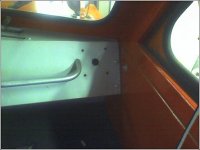
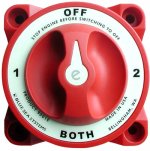
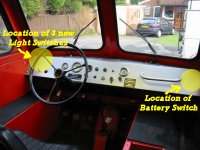

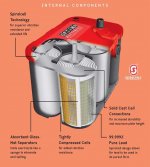

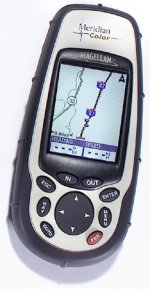
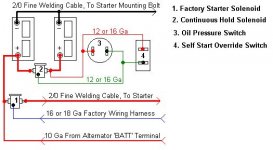
 I like your thinking on this system as it takes operator error out of the picture completely......Nice schematic of how it is done....with a 12V solenoid control. Do you have a specific brand solenoid you use? Great idea and a different approach that is unique.....
I like your thinking on this system as it takes operator error out of the picture completely......Nice schematic of how it is done....with a 12V solenoid control. Do you have a specific brand solenoid you use? Great idea and a different approach that is unique.....
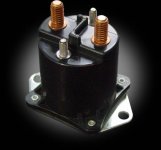

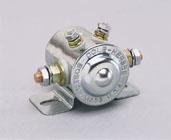
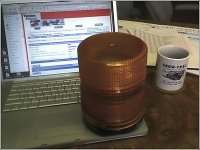
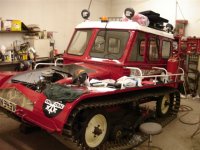
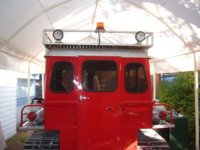
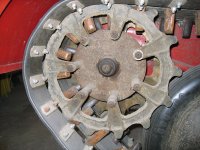
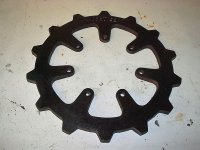
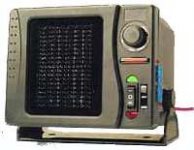

 See this website:
See this website: